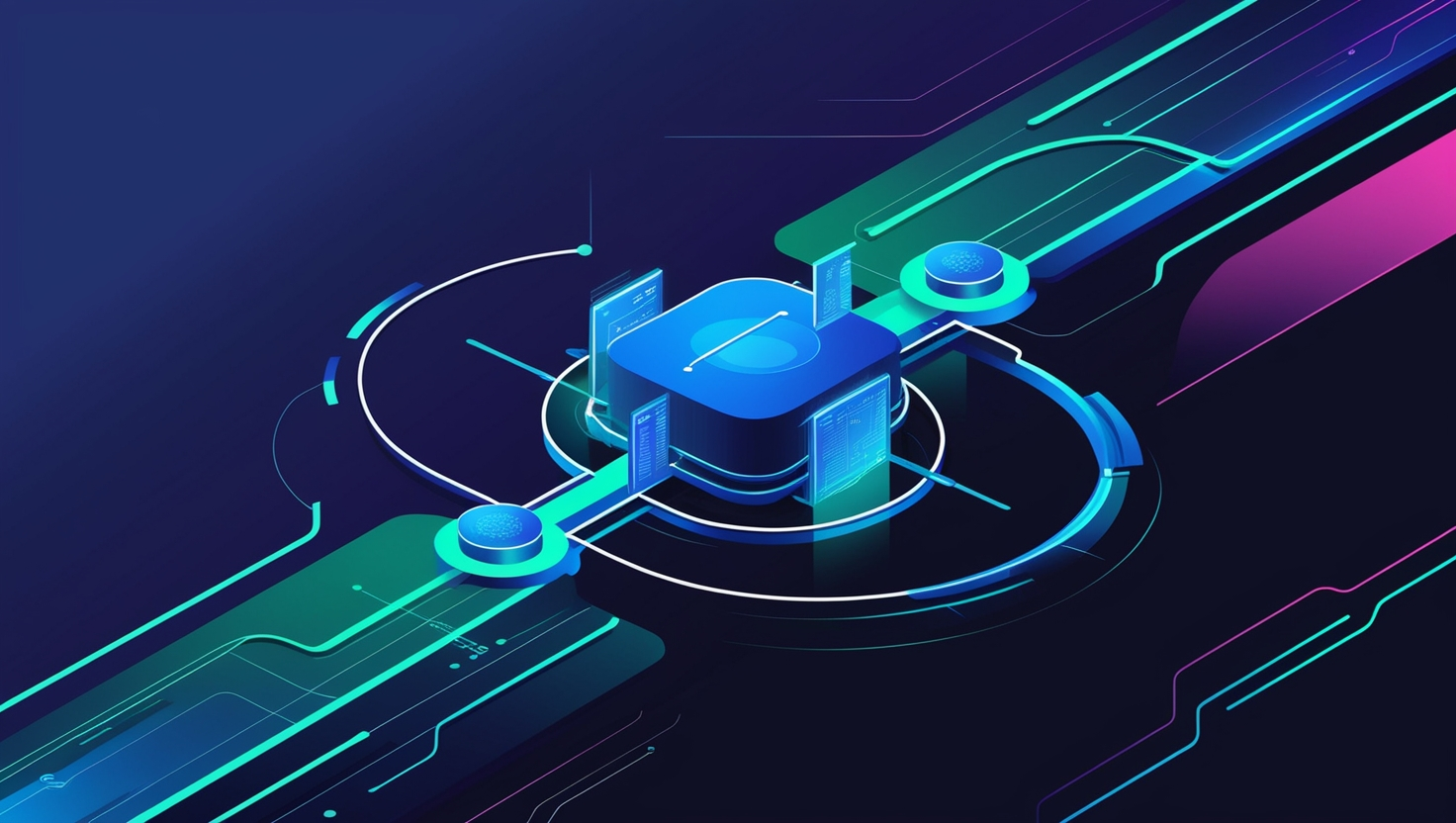Bitcoinsensus
1M
118

Image Credit: Bitcoinsensus
Layer 2 Solutions: A Deep Dive into Optimism and zk-Rollups
- Layer 2 solutions tackle scalability issues by processing transactions off-chain, lowering costs and reducing congestion.
- Types of Layer 2 scaling solutions include Optimistic Rollups, Zero-Knowledge Rollups, State Channels, Side Chains, and Plasma Chains, each with unique mechanisms to improve blockchain networks.
- Optimism and zk-Rollups are two popular solutions in Ethereum network which enhance transaction speed and security by processing transactions off-chain while preserving decentralization.
- Optimistic Rollups aggregate transactions before verification, offering significantly better throughput than traditional Layer 1 solutions, while zk-Rollups use cryptographic proof to validate transactions, making them faster and more private than Optimism.
- State Channels enable off-chain transaction processing between parties, reducing the need for on-chain confirmations and improving transaction speeds and efficiency.
- Side Chains offer flexible governance and consensus rules and allow for experimentation without affecting the main blockchain's stability, making them attractive for specific use cases.
- Plasma Chains create smaller, hierarchical blockchains that offload transaction processing from the main chain, reducing congestion and improving transaction speeds, while preserving the security and integrity of the primary blockchain.
- Popular Layer 2 scaling solutions in Ethereum ecosystem include Arbitrum, Optimism, zkSync, and Polygon, which have improved scalability and cost-efficiency for developers building DeFi apps.
- Emerging innovations like Starknet, Scroll, and Linea are anticipated to further advance the capabilities of Layer 2 solutions and improve scalability across the blockchain ecosystem.
- Layer 2 solutions complement Layer 1 blockchains, allowing them to focus on security and decentralization while enhancing transaction throughput and providing better user experience for decentralized applications.
Read Full Article
7 Likes
For uninterrupted reading, download the app